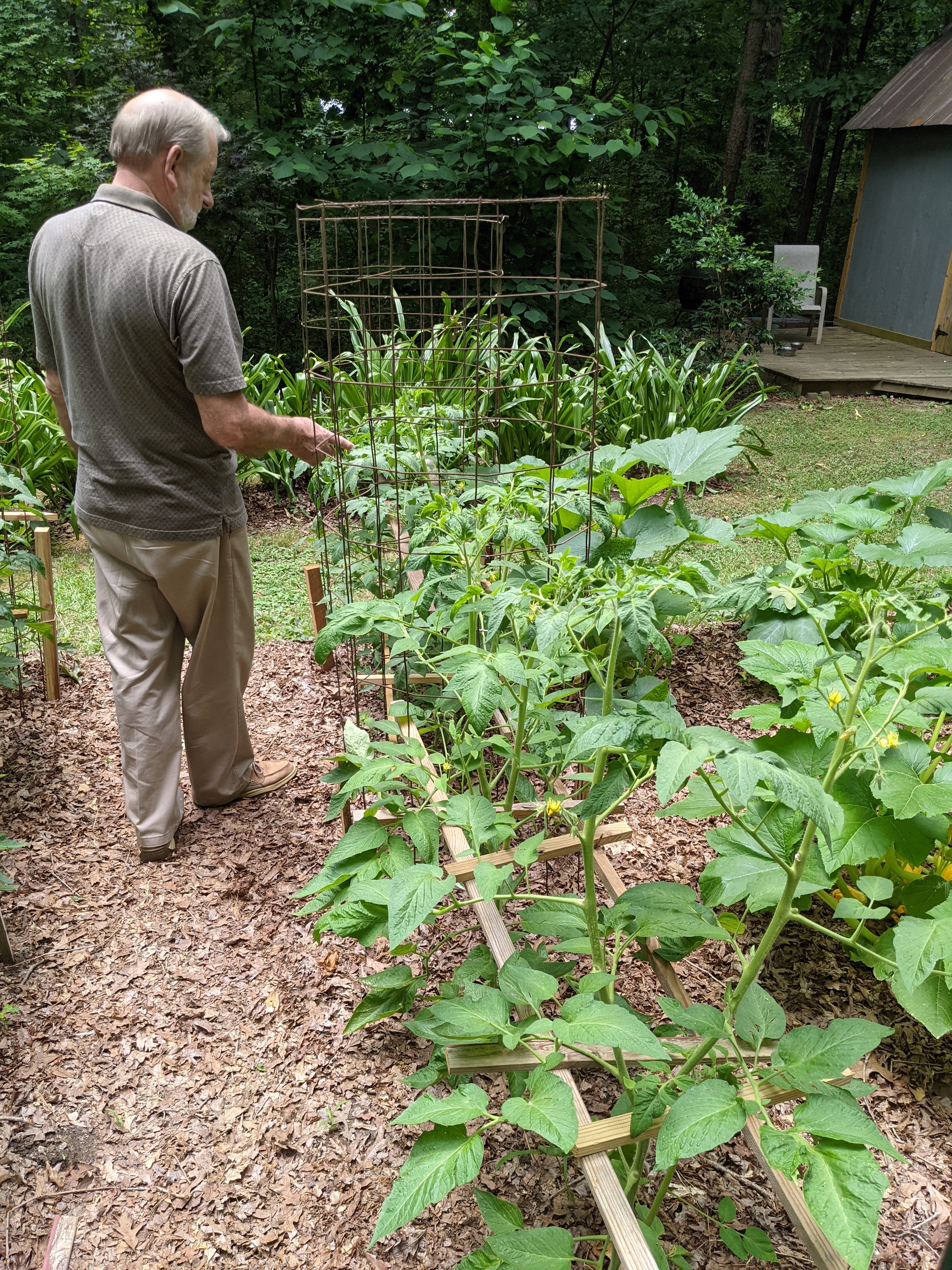Succession Planting in Your Vegetable Garden
go.ncsu.edu/readext?934432
en Español / em Português
El inglés es el idioma de control de esta página. En la medida en que haya algún conflicto entre la traducción al inglés y la traducción, el inglés prevalece.
Al hacer clic en el enlace de traducción se activa un servicio de traducción gratuito para convertir la página al español. Al igual que con cualquier traducción por Internet, la conversión no es sensible al contexto y puede que no traduzca el texto en su significado original. NC State Extension no garantiza la exactitud del texto traducido. Por favor, tenga en cuenta que algunas aplicaciones y/o servicios pueden no funcionar como se espera cuando se traducen.
Português
Inglês é o idioma de controle desta página. Na medida que haja algum conflito entre o texto original em Inglês e a tradução, o Inglês prevalece.
Ao clicar no link de tradução, um serviço gratuito de tradução será ativado para converter a página para o Português. Como em qualquer tradução pela internet, a conversão não é sensivel ao contexto e pode não ocorrer a tradução para o significado orginal. O serviço de Extensão da Carolina do Norte (NC State Extension) não garante a exatidão do texto traduzido. Por favor, observe que algumas funções ou serviços podem não funcionar como esperado após a tradução.
English
English is the controlling language of this page. To the extent there is any conflict between the English text and the translation, English controls.
Clicking on the translation link activates a free translation service to convert the page to Spanish. As with any Internet translation, the conversion is not context-sensitive and may not translate the text to its original meaning. NC State Extension does not guarantee the accuracy of the translated text. Please note that some applications and/or services may not function as expected when translated.
Collapse ▲There is something innate about Spring that makes us think, “I must plant!” Whether it is the warmth of the sun, the inspiration of the greenery returning, or that need for a tomato sandwich by June 1, Southerners are especially antsy to get their summer garden in the ground ASAP. The office phone usually starts ringing a little more as the last frost date approaches. Yet, North Carolina gardeners are sometimes missing the best part about living in the South: the weather! And it is our weather that makes year-round vegetable gardening possible!
Goldilocks Zone
Have you ever noticed that North Carolina’s climate is “just right”? It gets cold in the winter, but not too cold. Maybe the summer doesn’t seem quite as nice in July and August, as it sometimes gets too hot; but, overall, it gets warm enough to grow tropical plants and our favorite vegetables within the growing season. The seasonality and the general moderation of the weather, coupled with our biogeography in Central North Carolina (for Lee County), we have a charmed growing location.
Planning is Critical!
All gardeners are guilty, at least at some point, of walking through the garden center and just picking out what looks good to them at the time. We look at our calendars for April 15 and check the weather to make sure it looks warm enough, and then just go. While this whimsy can be fun, it is inefficient for a year-round vegetable garden.
First, you have to be reasonable about the space you have in your garden and what you will actually eat. How many tomatoes and squash can you really fit? Do you have room for another crop? What do you want to grow? Do you have enough compost/mulch to keep the plantings going through the hottest part of the summer? Will you eat it or have to start leaving care packages with your neighbors because you planted too many of one crop?
Use the Central NC Planting Calendar
The second thing to work on is not getting hung up on the last frost date! This

The author’s grandfather walks through his tomato patch in the early summer, looking forward to that first tomato harvest.
“magic” number is a great time to start a summer vegetable garden, but it is not the only time to sow or plant a summer vegetable garden!
The NCSU Central NC Planting Calendar is a brilliant tool to help gardeners plan for a year-round harvest. The calendar breaks down each month into two halves, and lists the appropriate planting times for most of the common vegetables we can grow in North Carolina. Look closely, the only months NCSU recommends very little to plant are October, November, and December. That doesn’t mean that there isn’t anything to harvest during these months! Our favorite Brassicas can grow and thrive during these months, as long as you have some hard frost protection for the worst of the winter weather.
Some of the major dates to set in your mind are: February 15, April 15, May 1/15, and August 1. If you can set a goal to have something to plant around these dates, you could be harvesting almost year-round from your garden!
If you check the calendar, you’ll notice that tomatoes, for example, have a planting window of April 15 to August 15 (with a two week break in July for the hottest part of the summer). Did you know that you still have about 75-90 growing days after August 1? By starting to think of the summer vegetable season as TWO not one growing season, you can get a lot more out of your garden for a lot longer. Tired of a variety you planted back in April? Try something new in August (or June!)!
~~~
Best of luck in your vegetable garden this season!
Resources:
NC State Central Planting Calendar
NC State Quick Vegetable Guide
North Carolina State Climate Office
Amanda Wilkins is the Horticulture Agent for North Carolina Cooperative Extension in Lee County.




